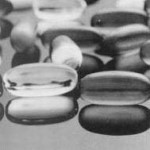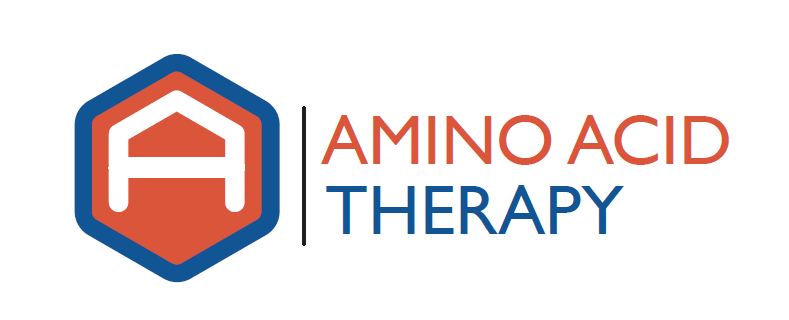 Antihistamine Effect #1: Increasing systemic epinephrine levels
Antihistamine Effect #1: Increasing systemic epinephrine levels
Epinephrine is the most powerful anti-histamine known in medicine. Epinephrine (adrenaline) acts as a histamine antagonist. It is the standard of care in emergency rooms to administer an injection of epinephrine (adrenaline) when there is an overwhelming histamine event such as severe asthma, anaphylactic shock, severe urticaria (hives), etc.
Therefore, increasing systemic levels of epinephrine (adrenaline) is the cornerstone of addressing histamine related disorders. Other than subcutaneous injections (which are short-lived), the only way to significantly increase epinephrine levels (without the administration of carbidopa) is with amino acid therapy (using L-dopa (mucuna pruriens) along with necessary cofactors).
Antihistamine Effect #2: Decreasing histamine synthesis
The same enzyme catalyzes both the conversion of L-dopa to dopamine and histidine to histamine (it’s called aromatic L-amino acid decarboxylase). By administering sufficient amounts of L-dopa (along with the necessary cofactors) we can decrease histamine synthesis through competitive inhibition.
A Revolutionary New Tool
Using L-dopa as a way to combat histamine-related disorders – including seasonal allergies, hay fever, asthma, sleep disturbances, multiple chemical sensitivities, hives, rashes, food allergies/sensitivities, and even acid reflux – provides a revolutionary new tool that gets at the root cause of these imbalances. Giving L-dopa along with the proper balance of necessary cofactors increases epinephrine levels and decreases histamine synthesis. This is a very powerful method of restoring normal system function without using antihistamines or steroids. Under this approach antihistamines and steroids will only be necessary if an acute and severe collapse occurs.
To learn more about amino acid therapy, visit www.amino-acid-therapy.com.

